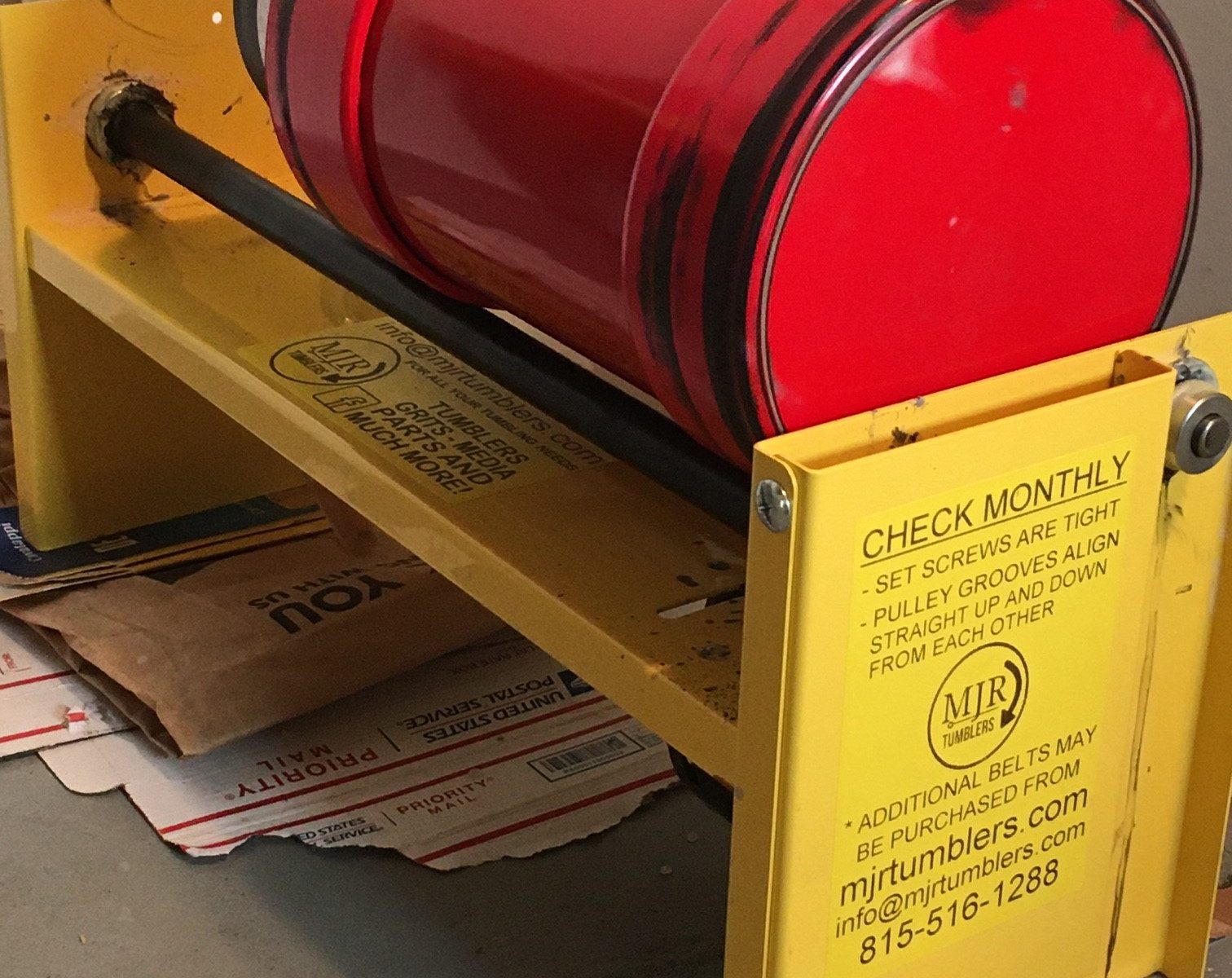Bet you don’t get asked often about how you wash your stones or rocks! American Geode loved a product called Mex, but it has been discontinued. It was a great product, not something you would want to inhale, but safer than acid for instance. It was recommended to us by an interior design professional who said hotels and resorts used it to wash and clean their high end marble. But alas it is no more and we can not find any spare Mex on eBay or elsewhere on the internet for sale anymore. So we reach out to the good rockhound community for advice and suggestions.
We would prefer NOT to use acid, but these rust covered specimens with garnets from Seneca, South Carolina (see http://www.americangeode.com/blog/south-carolina-rockhounding-for-garnets/ for full rockhound adventure tale) have already been soaked for 4 days in CLR. So we are seeking your suggestions, but we can not use acid. We are in rural Georgia and don’t want a critter to get in the mix, and if there was an accident, the closest hospital is 45 minutes away. Also, the garnets that cover these ferrous rocks is a little delicate and we would dislodge them if we used a scrubber or some sort of sponge to rub off and rinse off the oxidation and rust, so we need to soak them to preserve the integrity of the specimens and to not knock out any of the garnets.
So please add your suggestions in the comment of the YouTube video, or contact us directly with your suggestions please. American Geode is very grateful for your suggestions on how to wash your rocks and stones and we will thank you for your suggestions on how to wash rocks and stones and may request to interview you about various ways of cleaning and washing stones and rocks.




















